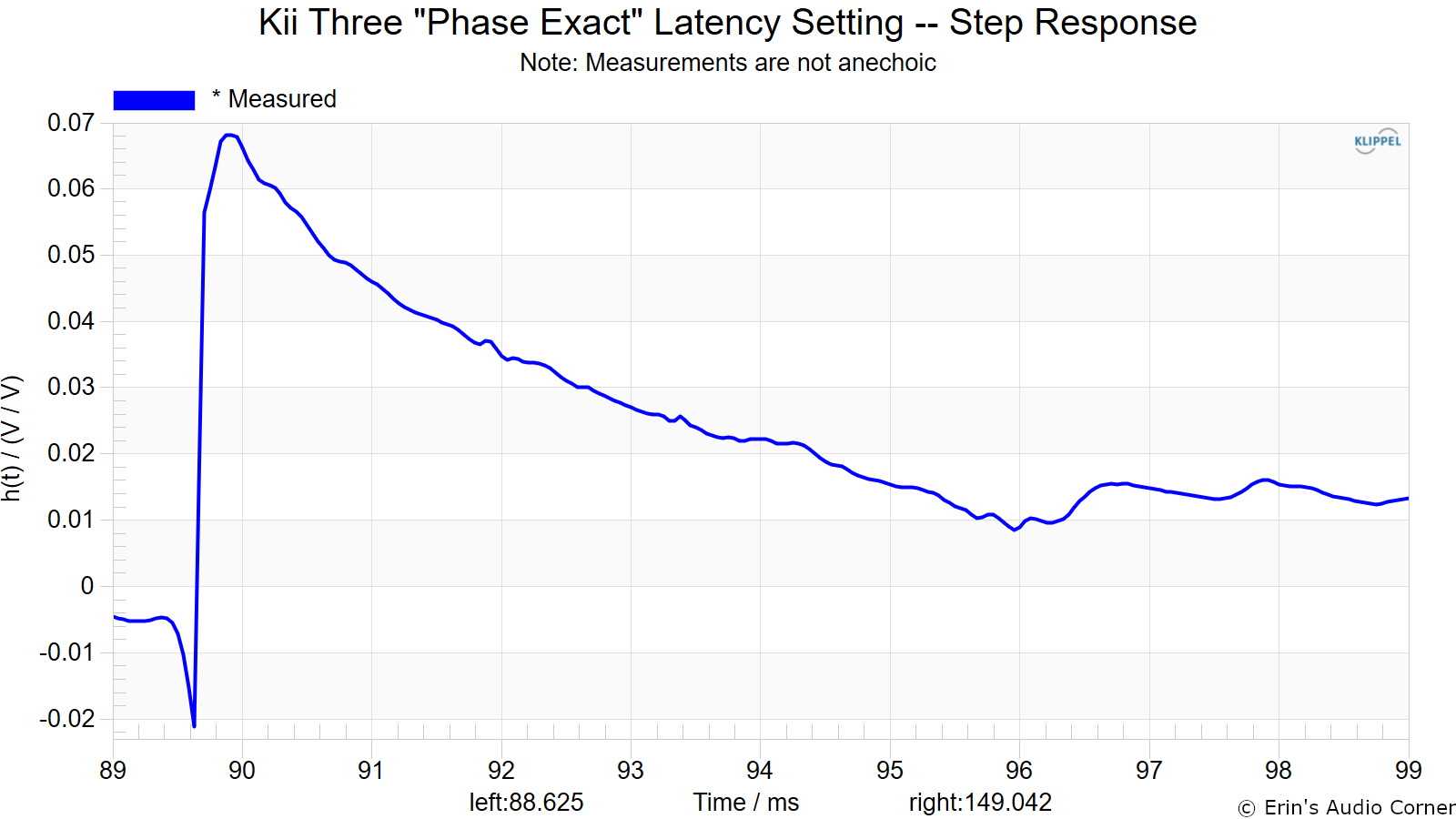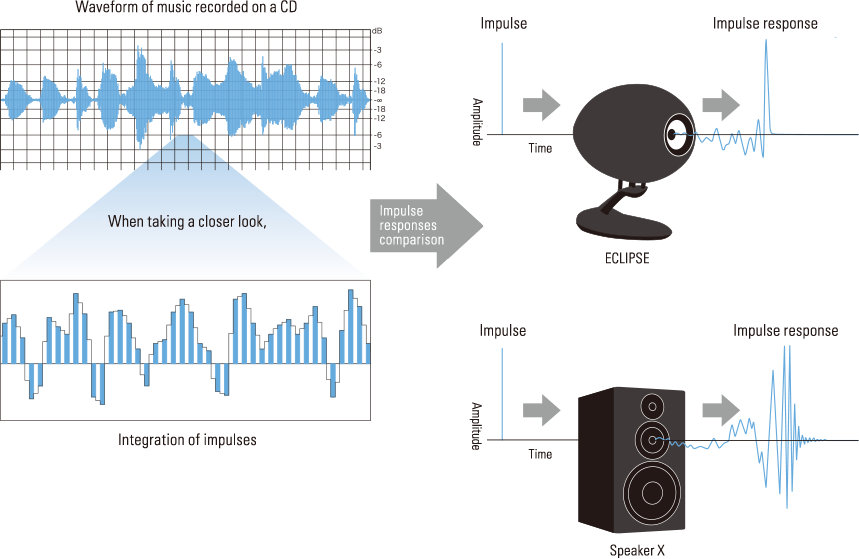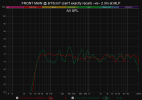Multicore
Major Contributor
- Joined
- Dec 6, 2021
- Messages
- 1,789
- Likes
- 1,964
The stereo standard and market expectation forces it. For example, mixing any multitrack recording to stereo forces them into having to make these arbitrary aesthetic choices. (See my previous two posts in the last hour above.) Often what they do is so annoying that I use my own "mono button" (e.g. in APO Eq mixing 0.5xL + 0.5xR to each output channel) to defeat it so that I can better concentrate on what the musicians did prior to the addition of these stereo effects.I'm not sure I get your point, but what I was trying to say is that I have no interest in manipulating the recording on playback to create an artificial soundstage. I know that some sound engineers may also manipulate things, or streamers (usually video) also may add spatial effects.
To be clear, I am not denying that a good stereo recording of a singular acoustic event played back on a well controlled system cannot produce a satisfying experience.






